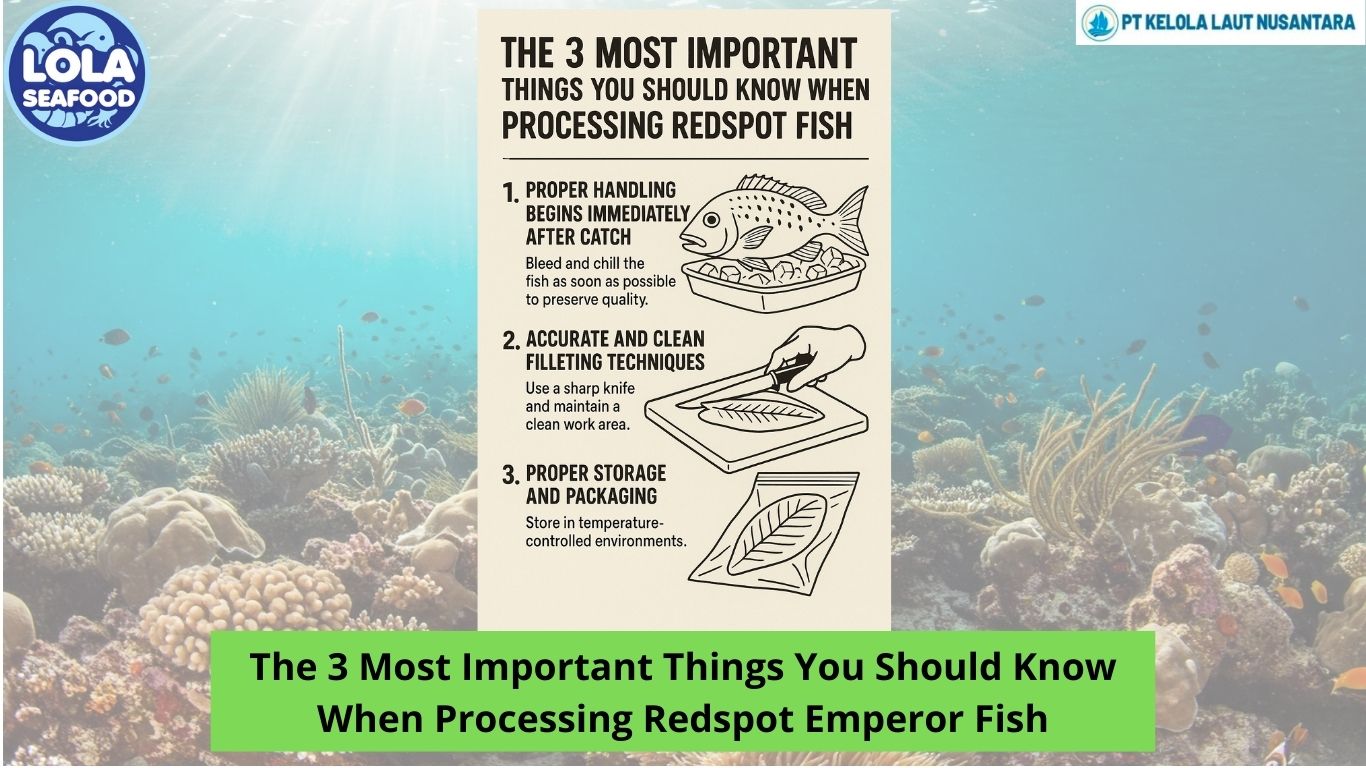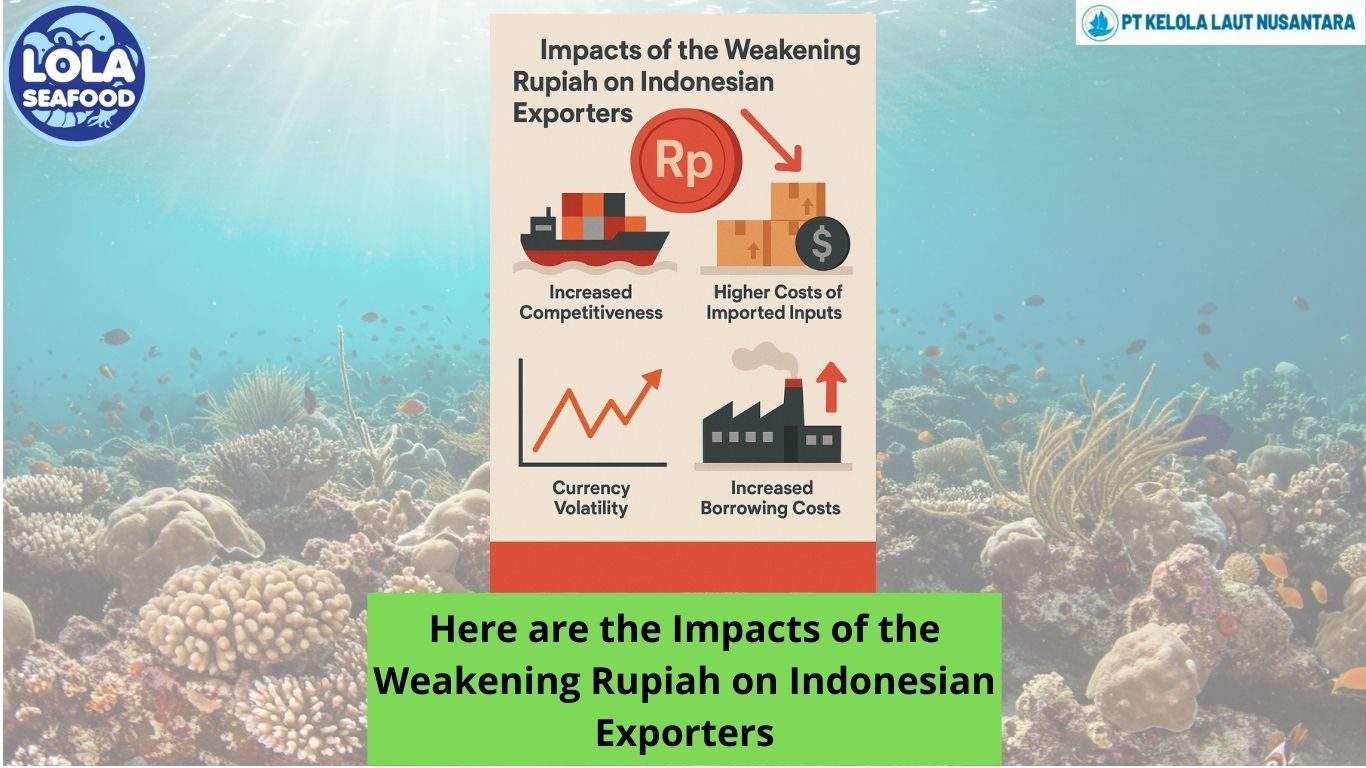Here Are Inventory Valuation Methods: FIFO, LIFO, and Average Cost
By. Lutfi - 07 Jan 2025 (1).png)
kelolalaut.com In accounting, inventory valuation is a crucial process that impacts a company's financial statements. The three primary methods used for inventory valuation are FIFO (First In First Out), LIFO (Last In First Out), and Average Cost. Each method has distinct characteristics, advantages, and disadvantages. Here’s a detailed explanation of these three methods.
1. FIFO (First In First Out)
Definition: The FIFO method assumes that the first items purchased or produced are the first to be sold. In other words, older inventory is sold before newer inventory.
Advantages:
- Relevance to Reality: This method reflects the physical flow of goods, especially for perishable items like food and pharmaceuticals.
- More Stable Financial Reporting: In times of inflation, FIFO tends to result in higher profits because the costs of older inventory (which are usually lower) are recognized first.
Disadvantages:
- Higher Taxes: Because FIFO often results in higher reported profits, it can lead to higher tax liabilities.
- Less Favorable in Inflation: In high inflation conditions, the costs of newer inventory (which are higher) are not recognized until the older inventory is sold.
2. LIFO (Last In First Out)
Definition: The LIFO method assumes that the last items purchased or produced are the first to be sold. In other words, newer inventory is sold before older inventory.
Advantages:
- Tax Reduction: In times of inflation, LIFO can reduce reported profits, thereby lowering tax obligations.
- Suitable for Non-Perishable Goods: This method is more appropriate for items that do not have an expiration date.
Disadvantages:
- Does Not Reflect Physical Flow: LIFO does not represent the actual physical flow of goods, which can lead to issues in inventory management.
- More Fluctuating Financial Reporting: LIFO can result in lower profits during inflation, which may affect investor perception.
3. Average Cost
Definition: The Average Cost method calculates the average cost of all items available for sale during a specific period. The cost of inventory is determined by dividing the total cost of inventory by the number of units available.
Advantages:
- Simple and Easy to Apply: This method is straightforward and easy to implement, especially for companies with high sales volumes.
- Profit Stability: Average Cost provides a more stable view of profits, as price fluctuations have a lesser impact on results.
Disadvantages:
- Less Relevant in Inflation: In inflationary conditions, this method may not reflect the most recent costs of inventory.
- Does Not Reflect Physical Flow: Like LIFO, this method also does not represent the actual physical flow of goods.
Conclusion
Choosing the right inventory valuation method is crucial for a company, as it can affect financial statements, taxes, and managerial decisions. FIFO is more suitable for perishable goods, LIFO can be advantageous in inflationary conditions, and Average Cost provides stability in profit reporting. Companies should consider the characteristics of their inventory, market conditions, and financial goals when selecting the most appropriate method.
If you are interested in our emperor fillet skin on and emperor fillet skinless please do not hesitate to contact us through email and/or whatsapp

.jpg)
.jpg)
.jpg)




